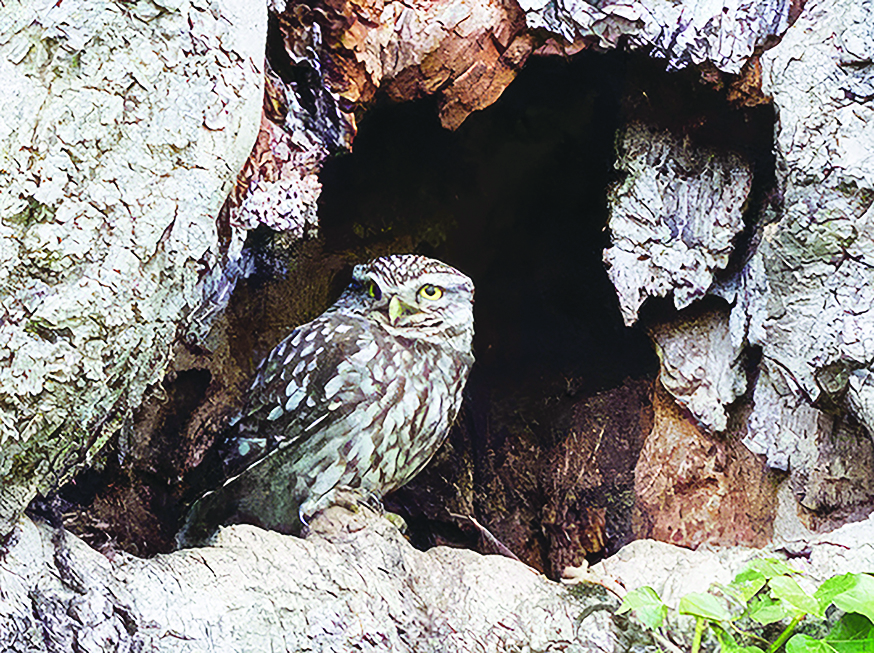Nature Note
Bad News – Better News?

Two important reports have been circulated recently. Over 50 conservation bodies have combined their data to report on the abundance and distribution of flora and fauna in the UK. Separately in its annual report on the findings of breeding bird surveys, the British Trust for Ornithology has compared the 2022 survey results with those obtained when the surveys started. These reports make uncomfortable reading, not only for those of us who enjoy the natural world, but in the longer term in relation to the sustainability of the planet for our own species.
Just a few examples of the results are listed below:
- 54% of flowering plants are distributed less widely in 2023 than was the case in 1970
- 24% drop in the number of nesting seabirds since 1986
- 34% decrease in the distribution of those beneficial species that naturally control pest species
- Only 7% of our woodlands and 25% of peatlands are now assessed as being in good condition
Over the past 26 years sites surveyed for breeding birds show many worrying declines including:
- Turtle Dove 97%
- Willow Tit 90%
- Little Owl 70%
- Greenfinch 68%
- Swift 62%
All these species could be found locally within the last 26 years. The first three of the species now appear to be locally extinct and Swifts and Greenfinches have declined in abundance.
It is not impossible to reverse these trends. Some good things are happening. Success stories need to be celebrated as an encouragement to people on the ground who can make a difference. On a macro scale the Earthshot Awards, championed by Prince William, recognise and reward groups internationally that are developing creative solutions to some of our climate and sustainability challenges. The awards enable knowledge sharing and support the scaling-up of these projects to broaden their impact.
We only know the scale of problems because we have reliable data. People are not only joining Conservation Organisations in increasing numbers, some are also training as data collectors, habitat managers and species champions. These volunteers are very aware of what is happening in the countryside and they have a voice individually and collectively.
There is awareness that some farming practices that temporarily increased yields were damaging the land in the longer term. Innovative solutions involve less use of costly fertilizers and pesticides leading to better soil health and cost savings. As an example, drones are being used to target pesticide use more accurately. This has the added benefit of less need for machines that compact the earth.
Flooding is becoming a more frequent problem in many areas. Solutions that have been shown to work include retaining water for a longer period where it falls and flooding marginal land upstream of homes and businesses. Examples include improving our peatlands to slow the rate at which water leaves our uplands and introducing beavers in areas where their natural dam making holds back water after heavy rain and re-sculpting riverbanks to achieve the same end.
In summary, our planet is increasingly unhealthy and reliable data shows the worrying scale of losses and decline. There is, now, greater awareness of the problems that we are beginning to experience and examples to show beneficial changes that we all can make. What could you do in 2024 – plant a tree, recycle and re-use more items, reduce food waste, join a conservation group, lobby decision makers? The list is very long but there is benefit in every decision that you make that puts the planet first. You might at the same time save yourself some money.
David Scott




 Why wait until the New Year?
Why wait until the New Year?

